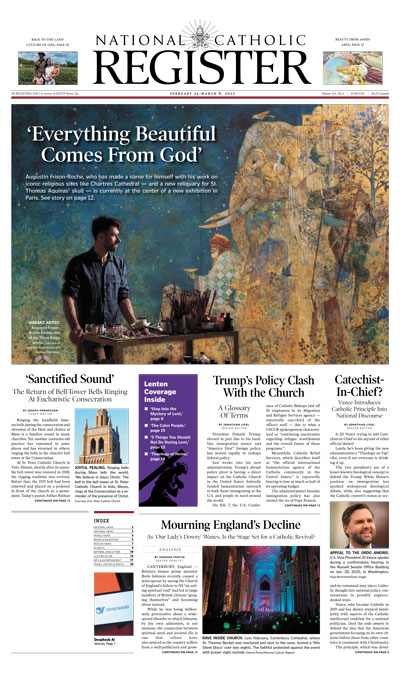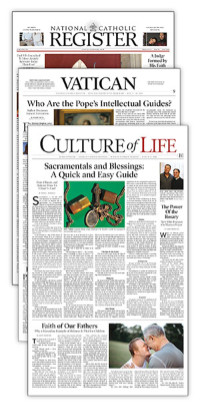Black Smoke Rises From Sistine Chapel As First Conclave Vote Ends Without New Pope
The cardinals will return to the Sistine Chapel Thursday morning for two voting sessions before noon (Rome time) and two more in the afternoon.

Black smoke billowed from the Sistine Chapel chimney Wednesday evening to the watchful eyes of pilgrims gathered in St. Peter’s Square as the first day of conclave voting concluded without a new pontiff.
The dark plume emerged at approximately 9 p.m. Rome time, confirming the 133 cardinal electors sequestered inside had not reached the required two-thirds majority — at least 89 votes — needed to elect Pope Francis’ successor.
The College of Cardinals began their deliberations earlier Wednesday following the “Pro Eligendo Romano Pontifice” (“For the Election of the Roman Pontiff”) Mass celebrated in St. Peter’s Basilica.
Cardinal Giovanni Battista Re, dean of the College of Cardinals, presided over the liturgy that officially opened the conclave proceedings.
Shortly thereafter, the cardinal electors processed into the Sistine Chapel.
The cardinals will return to the Sistine Chapel Thursday morning for two voting sessions before noon (Rome time) and two more in the afternoon. With each inconclusive ballot, smoke from burnt voting papers will continue to emerge black until the moment a new pope is elected.
When a candidate secures the necessary votes, white smoke will signal to the world that the Catholic Church has a new shepherd.
Cardinal Dominique Mamberti, the senior cardinal deacon, will then appear on the central loggia of St. Peter’s Basilica to make the traditional “Habemus papam” announcement, revealing the identity of the 266th successor to St. Peter.
During the 12 general congregations leading up to the conclave, cardinals identified several key challenges facing the Church, including evangelization, vocations, sexual abuse, Vatican finances, synodality, and global conflicts.
- Keywords:
- sistine chapel
- black smoke













